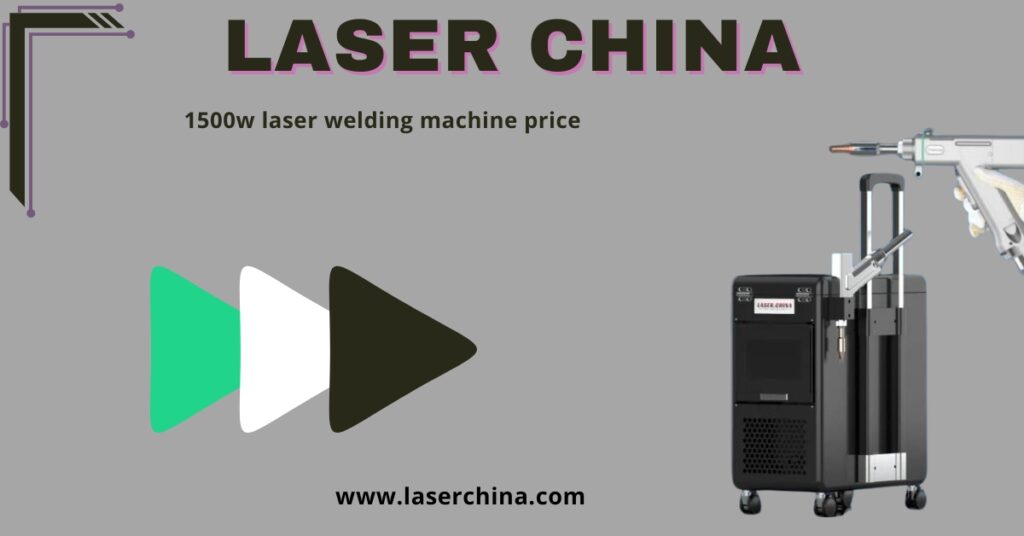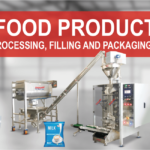Fiber laser welding machines have emerged as a revolutionary technology in the welding industry, offering numerous advantages over traditional welding methods. These machines utilize fiber laser technology to produce high-quality, precise welds across various materials, making them increasingly popular in manufacturing and fabrication. This article explores the key benefits and applications of fiber laser welding machines, highlighting their impact on modern production processes.
1. High Precision and Quality:
One of the most significant advantages of fiber laser welding machines is their exceptional precision. The focused laser beam allows for meticulous control over the welding process, resulting in clean, high-quality welds with minimal heat affected zones (HAZ). This precision is particularly crucial in industries where weld integrity is paramount, such as aerospace, automotive, and medical device manufacturing. The reduced HAZ minimizes distortion and deformation of the materials being welded, leading to stronger joints and improved product quality.
2. Versatility Across Materials:
Fiber laser welding machines are versatile and can effectively weld a wide range of materials, including metals such as stainless steel, aluminum, copper, and titanium. Additionally, they can also weld certain plastics and composites, expanding their applicability beyond traditional metalworking. This versatility makes fiber laser welding suitable for various industries, including automotive, aerospace, electronics, and even artistic applications. The ability to work with different materials allows manufacturers to adopt a single welding solution for multiple applications, streamlining their processes and reducing equipment costs.
3. High-Speed Welding:
Another critical benefit of fiber laser welding machines is their high-speed welding capabilities. The rapid melting and solidification process associated with laser welding significantly reduces cycle times compared to traditional welding methods. This increased speed not only enhances productivity but also allows manufacturers to meet tight deadlines and increase their output. In industries where time is a critical factor, such as automotive assembly lines, the speed of fiber laser welding can lead to substantial efficiency gains and cost savings.
4. Minimal Setup and Maintenance:
Fiber laser welding machines typically require less setup time than conventional welding equipment. Their compact design and user-friendly interfaces facilitate quick installation and operation. Additionally, fiber lasers have lower maintenance requirements, primarily due to the absence of moving parts in the laser source. This reduction in maintenance translates to less downtime and lower operational costs, making fiber laser welding an attractive option for manufacturers looking to optimize their processes.
5. Reduced Heat Input:
The reduced heat input associated with fiber laser welding machines minimizes the risk of warping and distortion in thin materials. This characteristic is particularly valuable when working with delicate or intricate components, as it helps preserve the integrity of the workpiece. The lower heat input also reduces the likelihood of damaging heat-sensitive materials, making fiber laser welding suitable for a broader range of applications.
6. Applications in Various Industries:
Fiber laser welding machines are utilized across numerous industries, including:
- Automotive: For welding body panels, exhaust systems, and structural components, providing high-quality, durable joints.
- Aerospace: In the assembly of aircraft components, where precision and strength are critical for safety and performance.
- Electronics: For joining components in electronic devices, ensuring reliable connections without damaging sensitive parts.
- Medical Devices: In the production of surgical instruments and implants, where precision and biocompatibility are essential.
- Art and Sculpture: Used by artists to create intricate metal works, showcasing the versatility of fiber laser technology.
7. Environmental Considerations:
Fiber laser welding machines are also considered more environmentally friendly compared to traditional welding methods. They generate less waste and produce fewer emissions, contributing to a cleaner work environment. The efficiency of fiber lasers leads to lower energy consumption, aligning with the growing emphasis on sustainability in manufacturing practices.
Conclusion:
In summary, fiber laser welding machines offer numerous benefits, including high precision, versatility across materials, high-speed operation, minimal setup and maintenance, and reduced heat input. Their applicability across various industries, coupled with their environmental advantages, makes them an increasingly popular choice for manufacturers looking to enhance productivity and product quality. As technology continues to advance, the role of fiber laser welding in modern manufacturing is expected to grow, providing innovative solutions that meet the demands of a dynamic market. For businesses seeking to improve efficiency and maintain a competitive edge, investing in fiber laser welding technology represents a strategic move toward modernization and sustainability.



